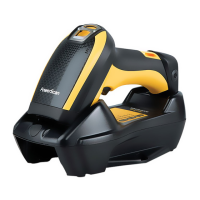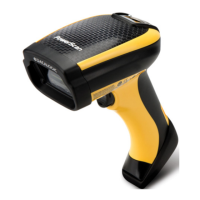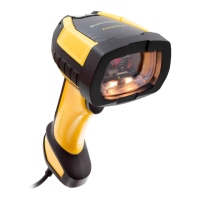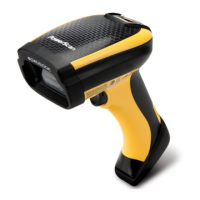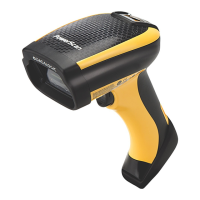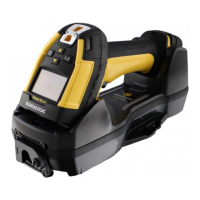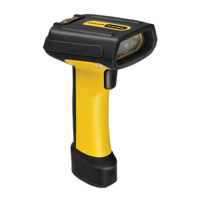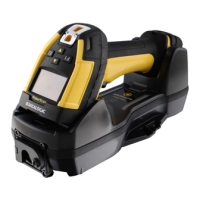Do you have a question about the Datalogic PD9330 and is the answer not in the manual?
Provides advanced technical information, connection, programming, maintenance, and specifications.
Describes the PowerScan 9300 family, models, part number suffixes, and features.
Explains the BC9xx0 base station's function, LED status, and button functionality.
Provides critical safety instructions and warnings for handling battery packs.
Details methods for configuring the reader via bar codes or Datalogic Aladdin software.
Instructions for checking reader and accessories, and retaining packaging for service.
Step-by-step guide to connect and communicate the reader with its host device.
Explains configuration methods for the BC9xx0 base station via software, strings, or bar codes.
Organizes reader settings into logical groups for easy access and customization.
Directs to specific sections for RS-232, USB-COM, and Keyboard EMULATION settings.
Covers general settings applicable to all interfaces, like Data Format and Reading Parameters.
Lists configuration options specific to wireless models like PBT9300 and PM9300.
Details parameters for RS-232 communication, including Baud Rate, Stop Bits, Parity, Handshaking.
Covers keyboard interface settings like Wedge Quiet Interval and intercharacter/intercode delays.
Explains symbology settings such as Decoding Safety and Length Control for various bar code types.
Allows customization of message strings by adding prefixes, suffixes, Label IDs, and AIM IDs.
Defines commands for cursor movement and display scrolling using ESC sequences.
Allows selection of display font size and style (Normal, Reverse, Large, Medium).
Provides ESC sequence commands to clear parts or the entire display screen.
Shows sample bar codes for GS1 DataBar emoveAll (RSS) variants like Expanded, Limited, and -14.
Lists default settings for global interface parameters like Host Commands and Baud Rate.
Lists default settings for various symbologies like EAN/UPC, Code 39, and Code 128.
Instructions to restore the imager to its factory default configuration settings.
Bar codes representing numeric digits 0 through 9 for keypad entry.
Bar codes representing alphanumeric characters A through F for keypad entry.
Selects control character emulation from scancode tables for Wedge and USB platforms.
Scancode table for PC AT PS/2 and USB-Keyboard interfaces with Control Character 00 or 01.
Scancode table for PC AT PS/2 Alt Mode or USB-Keyboard Alt Mode.
| Brand | Datalogic |
|---|---|
| Model | PD9330 |
| Category | Barcode Reader |
| Language | English |
